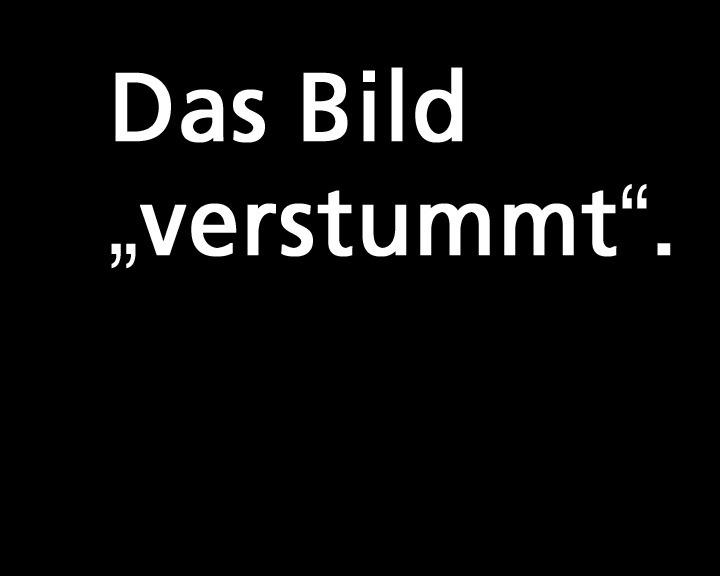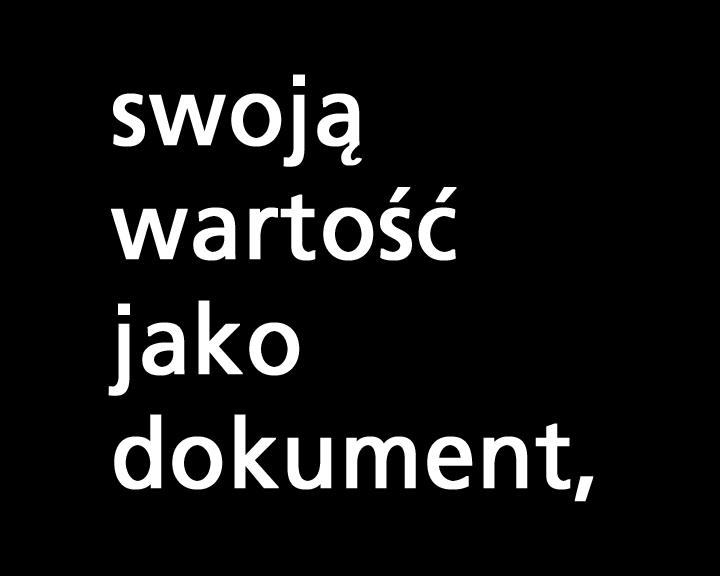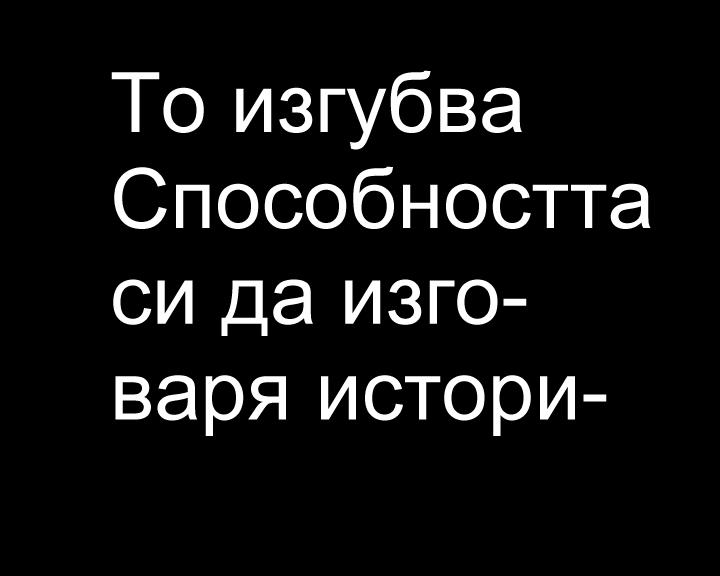Black and White. The Back of the Images
Which things or events are remembered? How is the Shoah remembered? What role is played in this remembering by the way in which images are dealt with?
This short video by the group of female artists Klub Zwei addresses the problematic nature of these questions on a formal and contextual level - and does so by means of a radical removal of the images discussed in a voice-over. While the director of a photo archive poses questions regarding memory, images and history, we see texts solely in black and white. Despite the fact that making mechanical reproductions is possible, images change, according to the thesis. More and more shades of gray disappear with each new generation of photographic print - and what remains are the stark contrasts between black and white. It is the removal of the images being dealt with which sets in motion a reflection on what gives them their status as historical documents. Not just the front side of photographs of destruction, which are often employed in a purely symbolic way, but the apparently innocuous reverse with its stamps and notes supposedly constitutes their place in the world, their historical context and therefore their significance, according to Klub Zwei´s argumentation. The use of photographs as icons often leads to their being nothing more than illustrations of authenticity. Black and White also persistently points to a prudent way of treating photographs as historical documents. Walter Benjamin was one of the voices to identify as a photograph´s most important aspect its "label (...) without which all photographic construction must necessarily remain approximate". According to Benjamin, photographs provide something to read rather than see. Black and White conforms to this postulate.
Schwarz auf Weiss. Die Rückseite der Bilder
2003
Austria, United Kingdom
5 min



